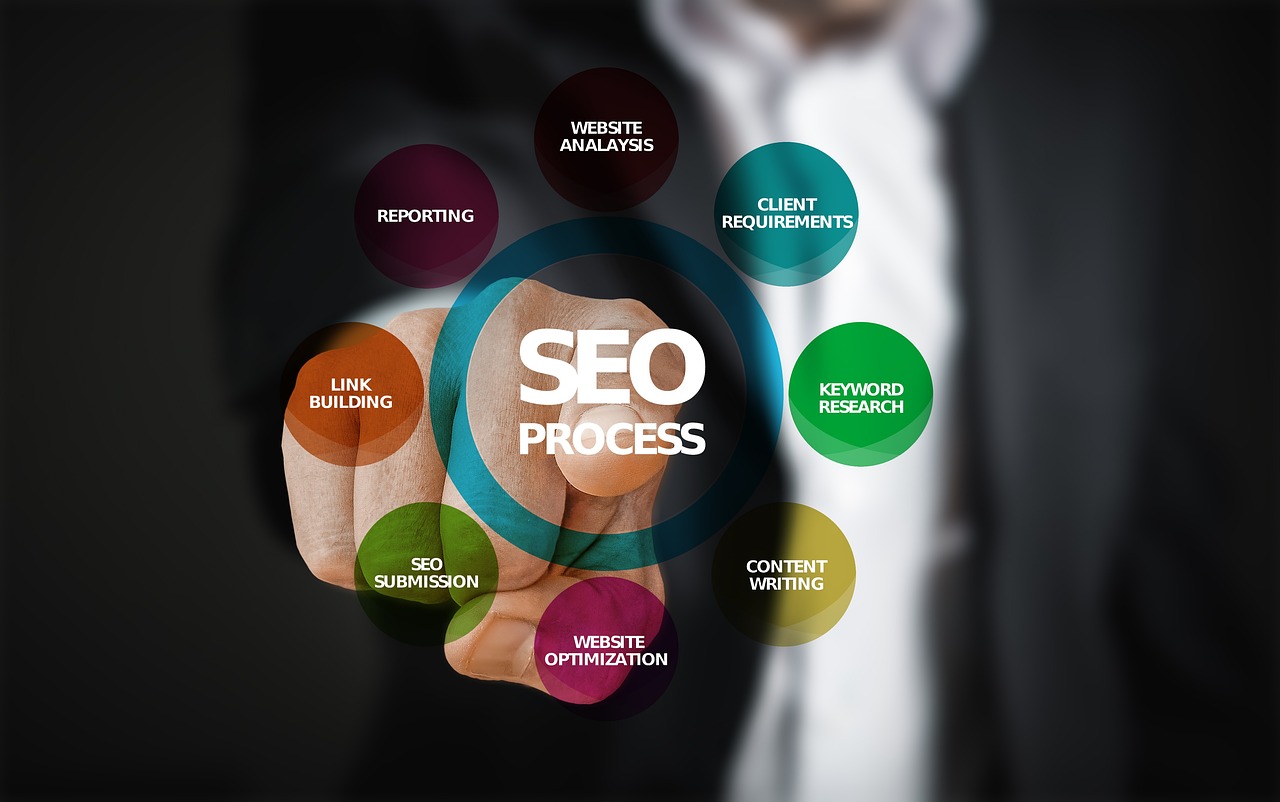
On-Page seo Checklist
When it comes to optimizing your website for search engines and improving your organic rankings, on-page seo plays a vital role. On-page seo refers to the practices and techniques used to optimize individual web pages to boost their visibility and relevance to specific keywords. By following an on-page seo checklist, you can ensure that your website is well-optimized and search engine friendly, ultimately leading to increased organic traffic and higher rankings on search engine result pages (SERPs).
The Importance of On-Page seo
On-page seo is crucial because it helps search engines understand the content and relevance of your web pages, making it easier for them to index and rank your site for relevant keywords. Proper on-page optimization ensures that your website is user-friendly and provides a seamless experience for both search engines and visitors.
While off-page seo focuses on external factors like backlinks, on-page seo deals with optimizing various elements directly on your website. By implementing on-page seo best practices, you can improve your site’s search visibility, increase organic traffic, and target the right audience for your business.
The On-Page seo Checklist
Here’s a comprehensive on-page seo checklist to help you optimize your website for better search engine rankings:
1. Keyword Research:
- Identify relevant keywords for each web page
- Use keyword research tools to find high-value and low-competition keywords
- Include primary and secondary keywords naturally throughout your content
2. Title Tag:
- Create unique and compelling title tags for each page, including relevant keywords
- Keep title tags length under 60 characters
- Make sure title tags are descriptive and accurately represent the page’s content
3. Meta Description:
- Write unique meta descriptions that summarize the page’s content and include keywords
- Ensure meta descriptions are concise, compelling, and under 160 characters
- Avoid duplicate meta descriptions across different pages
4. Heading Tags:
- Use heading tags (H1, H2, H3, etc.) appropriately to structure your content
- Include target keywords naturally within heading tags
- Use only one H1 tag per page, and make it relevant to the page’s main topic
5. Content Optimization:
- Create high-quality, informative, and engaging content
- Include relevant keywords throughout your content, but avoid keyword stuffing
- Ensure your content is easy to read and well-structured with proper subheadings, paragraphs, and bullet points
- Optimize images by using descriptive alt tags and compressing their file sizes
6. URL Structure:
- Create descriptive, short, and keyword-rich URLs for your web pages
- Avoid using unnecessary parameters, numbers, or special characters in your URLs
- Use hyphens to separate words in URLs for better readability
7. Internal Linking:
- Include relevant internal links within your content to improve navigation and user experience
- Ensure anchor texts of internal links are descriptive and keyword-rich
- Create a logical website structure with a well-designed navigation menu
8. Mobile-Friendly Design:
- Optimize your website for mobile devices by using responsive design
- Ensure your site loads quickly on mobile devices to improve user experience
- Use Google‘s Mobile-Friendly Test to check the mobile compatibility of your website
9. Page Speed:
- Optimize your website’s loading speed by reducing file sizes, leveraging browser caching, and minifying CSS and JavaScript
- Use Google‘s PageSpeed Insights tool to assess and improve your site’s loading speed
10. Schema Markup:
- Implement structured data markup (Schema.org) to enhance your website’s visibility on search engine result pages
- Use appropriate schema markup for your content, such as reviews, events, recipes, etc.
- Check your structured data using Google‘s Structured Data Testing Tool
Conclusion
Properly optimizing your website’s on-page elements is essential for achieving higher search engine rankings and attracting organic traffic. By following this on-page seo checklist, you can improve the visibility, relevance, and user-friendliness of your website, leading to better online presence and increased conversions.
FAQs
1. What is the difference between on-page and off-page seo?
On-page seo deals with optimizing elements directly on your website, such as content, meta tags, URLs, and internal linking. Off-page seo refers to activities performed outside of your website to improve its authority and reputation, including backlink building, social media marketing, and influencer outreach.
2. How often should I update my website’s content for better on-page seo?
Regularly updating your website’s content is beneficial for both users and search engines. Aim to update your content at least once a month or whenever there are significant changes in your industry or target audience’s needs.
3. Is mobile-friendliness a ranking factor for search engines?
Yes, mobile-friendliness is a ranking factor for search engines like Google. With the increasing use of mobile devices, search engines prioritize mobile-friendly websites to provide the best user experience to their users.
4. How long does it take to see results from on-page seo?
The time it takes to see results from on-page seo can vary depending on various factors, such as the competitiveness of your target keywords, the quality of your optimization efforts, and the frequency of search engine crawls. Generally, it may take a few weeks to several months to notice significant improvements in your organic rankings and traffic.
Implementing a well-structured on-page seo checklist is essential to improve your website’s visibility, drive organic traffic, and enhance its overall performance. By following the steps outlined in this checklist and incorporating them into your seo strategy, your website can start ranking higher and attracting more visitors from search engines.





